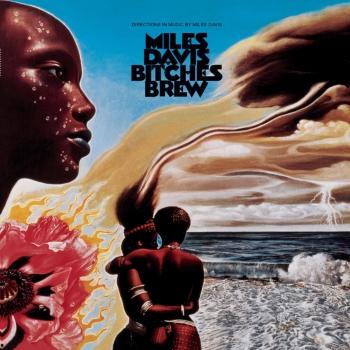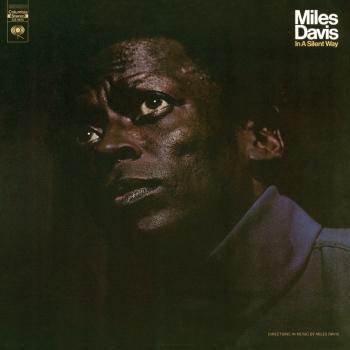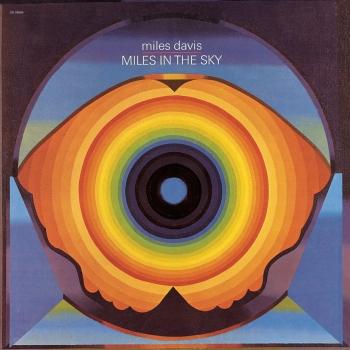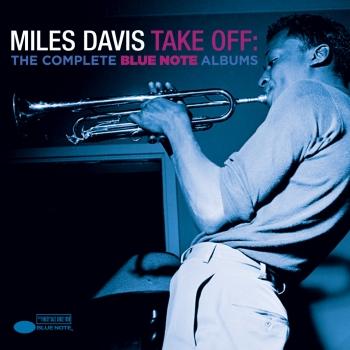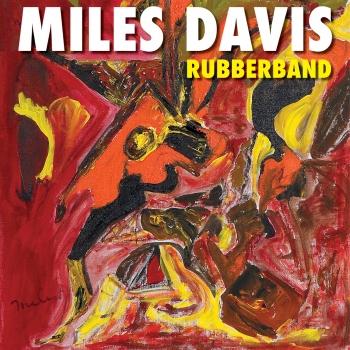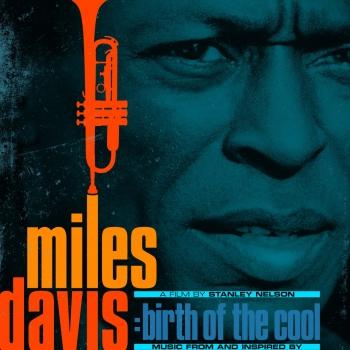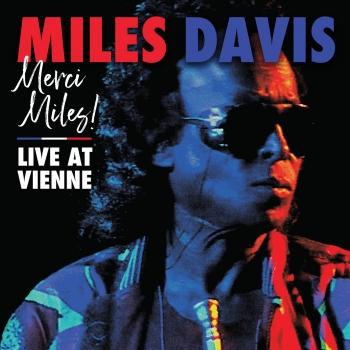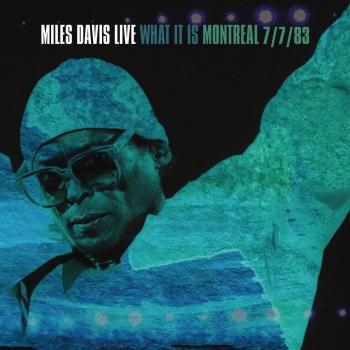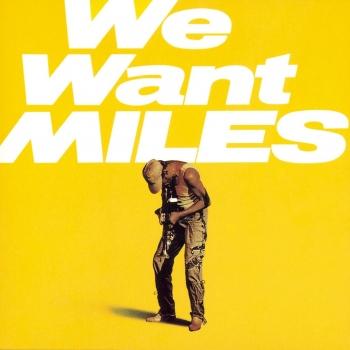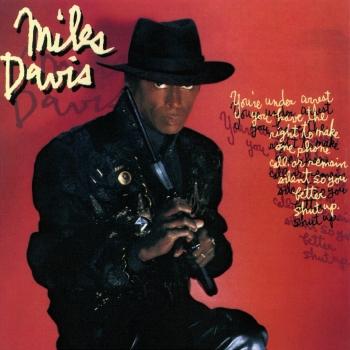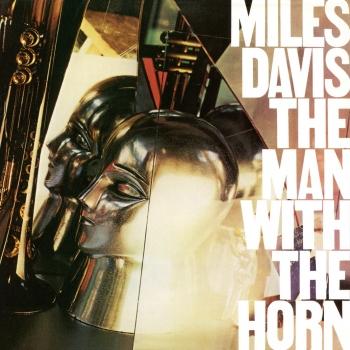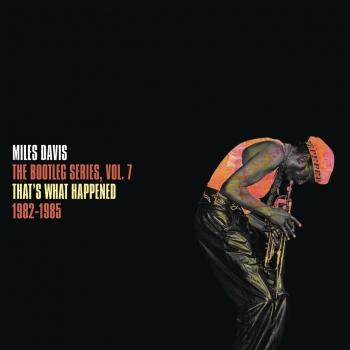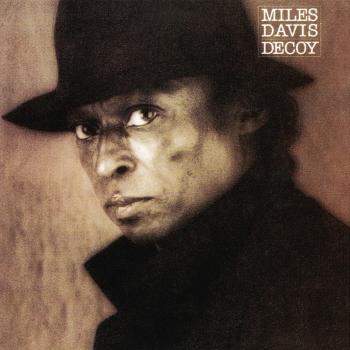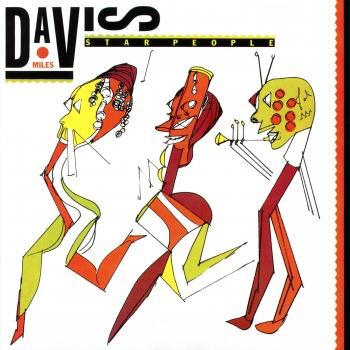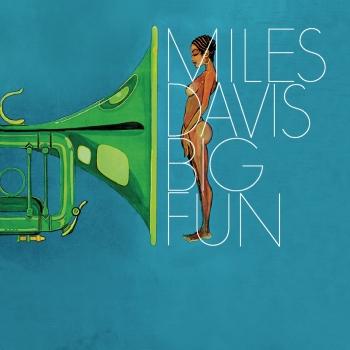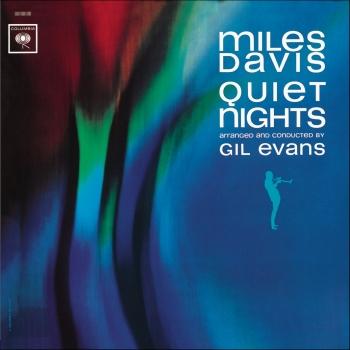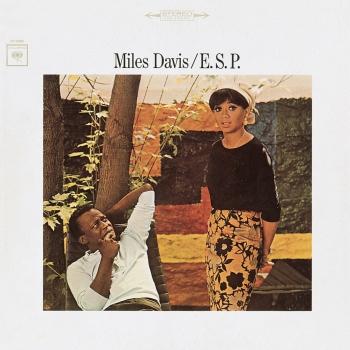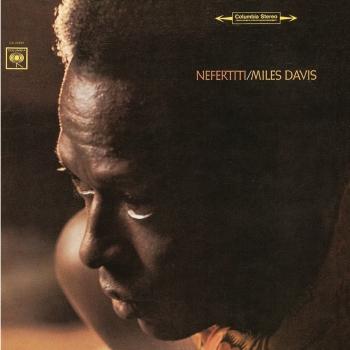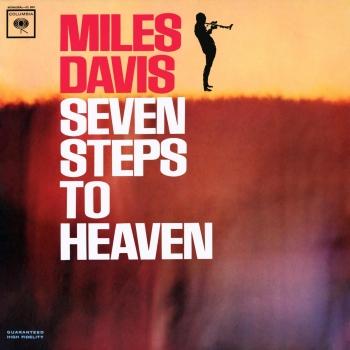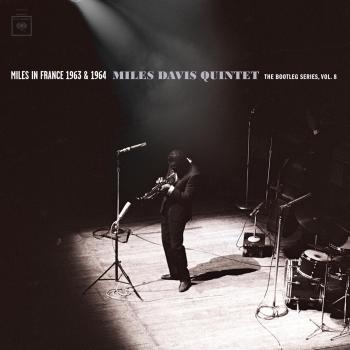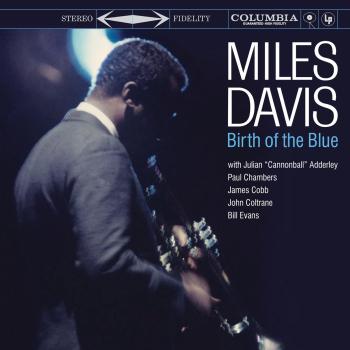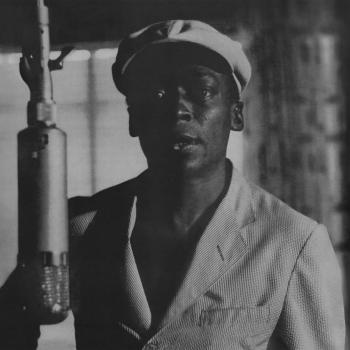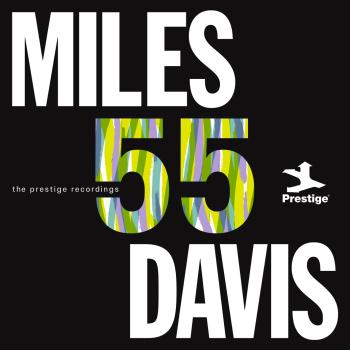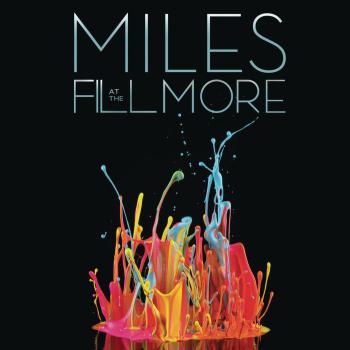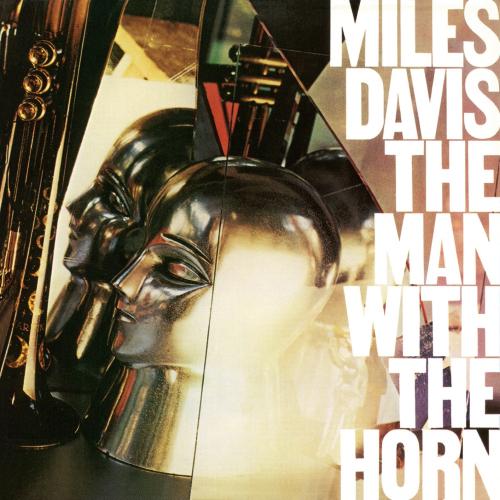
The Man With The Horn (2022 Remaster) Miles Davis
Album info
Album-Release:
1981
HRA-Release:
16.09.2022
Album including Album cover
I`m sorry!
Dear HIGHRESAUDIO Visitor,
due to territorial constraints and also different releases dates in each country you currently can`t purchase this album. We are updating our release dates twice a week. So, please feel free to check from time-to-time, if the album is available for your country.
We suggest, that you bookmark the album and use our Short List function.
Thank you for your understanding and patience.
Yours sincerely, HIGHRESAUDIO
- 1 Fat Time 09:53
- 2 Back Seat Betty 11:15
- 3 Shout 05:52
- 4 Aida 08:09
- 5 The Man With the Horn 06:32
- 6 Ursula 10:50
Info for The Man With The Horn (2022 Remaster)
The Man With The Horn was the first album Miles Davis recorded after his prolonged retirement in the second half of the 1970s. It was his first studio album since the already distant Get Up With It (Columbia Records, 1974). It marked the beginning of his second and last recording period and, logically, it was experienced as a great event.
This is not his best work, in fact, it is somewhat disappointing, but that is the least important thing: the important thing was that Miles Davis was once again creating music, that he had overcome his serious health problems (starting with a terrible addiction), that he was almost ready to do what he did best. The almost is due precisely to the years of hiatus, because anyone who has played an instrument knows how quickly technique is lost, and this is valid even for exceptional cases such as Miles Davis, people who had spent a lifetime glued to their instrument.
If it is already noticeable after a couple of weeks, imagine after years without even getting close to a trumpet. Of course, his conception of jazz never exactly demanded an outstanding technique, but it is clear that, when he recorded The Man With The Horn, he was not yet in top form, he still had to recover his old level, to get his lips used to it again.
But some things hadn't changed. For one thing, as was usual for him, he surrounded himself with some of the best instrumentalists of the time, starting with saxophonist Bill Evans and bassist Marcus Miller, two promising musicians who thus began their interesting careers. On the other hand, Miles Davis was still interested in electric jazz, in fusion with rock and funk, although here he returned to a somewhat more traditional interpretation of the trumpet and a more conventional conception of jazz, if 'traditional' and 'conventional' are adjectives that can be applied to the American's music.
All in all, The Man With The Horn is not essential, but it can hardly be essential on a label that includes Kind Of Blue (Columbia Records, 1959) or Bitches Brew (Columbia Records, 1970), among other wonders. Obviously, if it had been the debut of an unknown musician, the critics would have praised it infinitely, but when it comes to Davis, the demand is much higher.
Miles Davis, trumpet, pedals
Bill Evans, tenor & soprano saxophone (except 3)
Barry Finnerty, electric guitar (except 5)
Mike Stern, electric guitar (1)
Marcus Miller, bass (except 3 & 5)
Al Foster, drums (except 3 & 5)
Sammy Figueroa, percussion (except 5)
Robert Irving III, Yamaha CS30 synthesizer, piano
Randy Hall, synthesizer, electric guitar, celeste, Moog synthesizer; lead and backing vocals (5)
Felton Crews, bass
Vince Wilburn, Jr., drums
Digitally remastered
Please Note: We offer this album in its native sampling rate of 96 kHz, 24-bit. The provided 192 kHz version was up-sampled and offers no audible value!
Trumpeter Miles Davis grew up in East St. Louis, Illinois, just across the river from St. Louis, Missouri. His parents were affluent, and had the means to support his musical studies as a boy. He began playing the cornet at age nine, and received his first trumpet at around twelve or thirteen. He studied classical technique, and focused mainly on using a rich, clear tone, something that helped define his sound in later years.
As a teenager, he played in various bands in St. Louis, which was rich with jazz, as big bands often stopped there on tours throughout the Midwest and southern states. The most important experience he had was when he was asked to play in the Billy Eckstine band for a week as a substitute. The group included Charlie Parker, Dizzy Gillespie, and Sara Vaughan. After playing with these stars, Davis knew he had to move to New York to be at the heart of the jazz scene.
In Pursuit of Parker:
In 1944 Davis moved to New York City where he had earned a scholarship to study trumpet at the Juilliard School of Music. Upon arriving however, he sought after Charlie Parker, and meanwhile spent all of his time in jazz clubs listening to bebop. He was transfixed on the music, and grew utterly bored with his classical studies. After less than a year at Juilliard, he dropped out and tried his hand at performing jazz.
Although not particularly stunning, his playing was good enough to finally attract Charlie Parker, and Davis joined his quintet in 1945. He was often criticized for sounding inexperienced, and was compared unfavorably to Dizzy Gillespie and Fats Navarro, who were the leading trumpeters at the time. Both boasted stellar technique and range, neither of which Davis possessed. In spite of this, he made a lasting impression on those who heard him, and his career was soon set aloft.
Cool Jazz and a Rise to Fame:
Encouraged by composer and arranger Gil Evans, Davis formed a group in 1949 that consisted of nine musicians, including Lee Konitz and Gerry Mulligan. The group was larger than most bebop ensembles, and featured more detailed arrangements. The music was characterized by a more subdued mood than earlier styles, and came to be known as cool jazz. In 1949 Davis released the album Birth of the Cool (Captiol Records).
Change of artistic direction became central to Davis’ long and increasingly influential career. After dabbling in hard bop as a leader on four Prestige recordings featuring John Coltrane, he signed with Columbia records and made albums that featured Gil Evans’ arrangements for 19-piece orchestra. These were Miles Ahead, Porgy and Bess, Sketches of Spain, and Quiet Nights. He rose in popularity with these recordings, in part due to his signature sound, which he often enhanced by using a Harmon mute.
Kind of Blue and Beyond:
In 1959 Davis made his pivotal recording, Kind of Blue. It was a departure from all of his previous projects, abandoning complicated melodies for tunes that were sometimes only composed of two chords. This style became known as modal jazz, and it allows the soloist expressive freedom since he does not have to negotiate complex harmonies. Kind of Blue also featured John Coltrane, Cannonball Adderley, and Bill Evans. The album is one of the most influential in jazz, and is Columbia Records’ best-selling jazz record of all time.
In the mid 1960s Davis changed directions again, forming a group with Herbie Hancock, Wayne Shorter, Tony Williams, and Ron Carter. This group was known for the excellence of each individual member, and also for its unique performance approach. Each night the tunes would sound different, as the musicians would sometimes only loosely adhere to the song structures, and often transition from one right into the next. Each player was given the chance to develop his solos extensively. Like all of Davis’ previous groups, this quintet was highly influential.
Late Career:
Despite health problems, drug addiction, and strained personal relationships, Davis continued to play, changing his approach with each new project. In the late 60s and 70s, he began to experiment with electronic instruments, and grooves that were tinged with rock and funk music. Two famous recordings from this period are In a Silent Way and Bitches Brew. By the time the 1980s rolled around, Davis was not only a jazz legacy, but a pop icon, whose music, persona, and fashion style were legendary.
Davis died in 1991, as perhaps the most influential jazz artist ever. His vast body of work continues to be a source of inspiration for today’s musicians. (Jacob Teichroew, About.com Guide)
This album contains no booklet.










